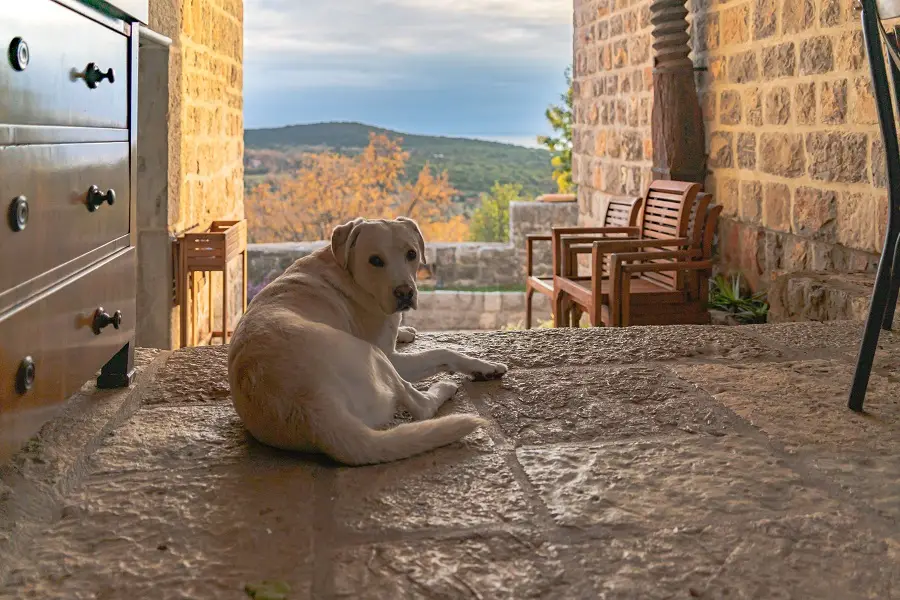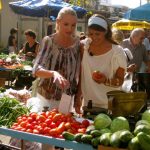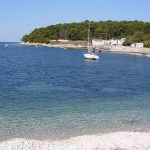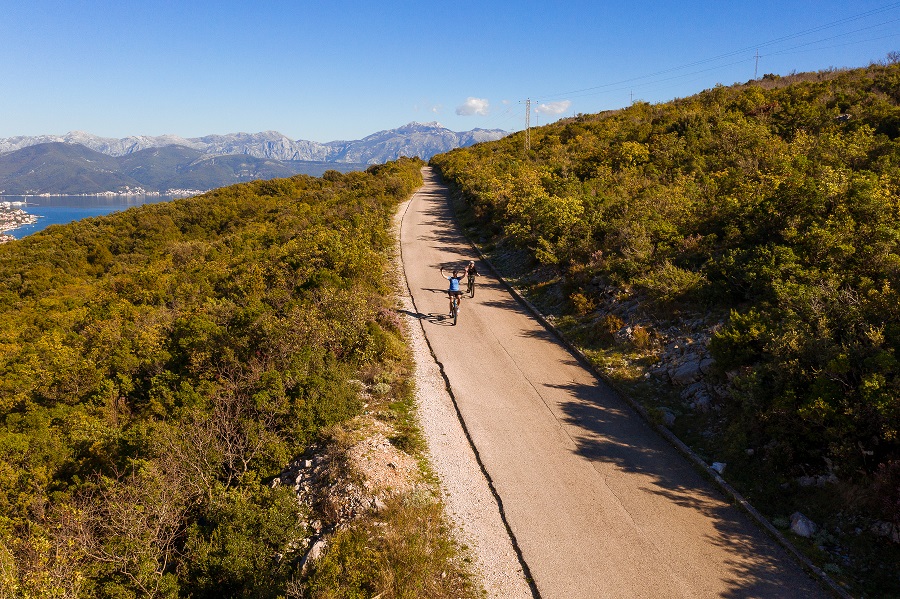
January is not traditionally the most popular month for tourism in Croatia or the wider region, but increasingly I look forward to the start of every new year. There are no crowds, and many places are shut, but it does give an opportunity to explore regions stripped back to their bare essentials. If you have never visited Dubrovnik in winter, for example, I heartily recommend it. The old town, with most of the cafe tables and chairs in hibernation, is brought back to its original stone – and is truly magical without the crowds. Of course if you happen to be here today, for the Feast of St Blaise, there is no finer time to visit.
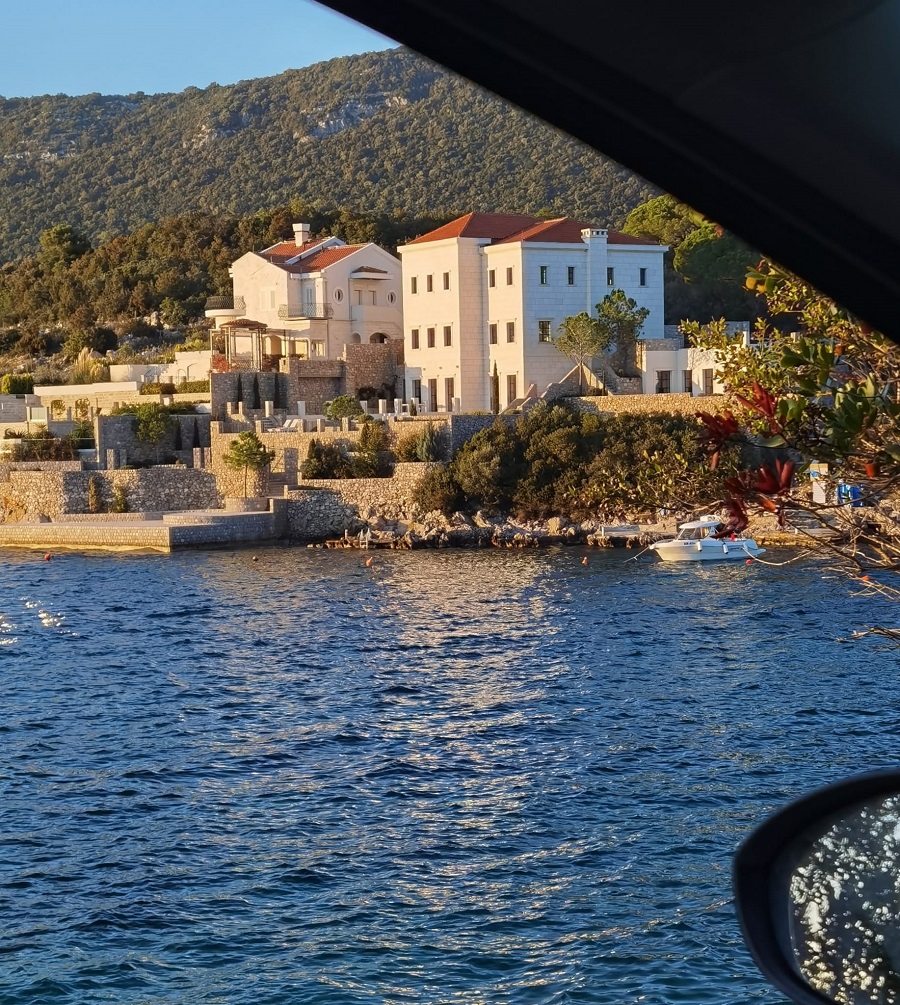
After a great start to the year at the epic Osijek Wine Fest recently, I was delighted to accept an invitation from The Chedi Lustica Bay to come and explore the Lustica Peninsula in Montenegro in late January.
Montenegro. As soon as I mention the word in some quarters, I immediately get comments (as I will from this article) from my Croatian readership informing me how the Montenegrin coast has been ruined by overbuilding, and how many decades Montenegro is behind Croatia in tourism.
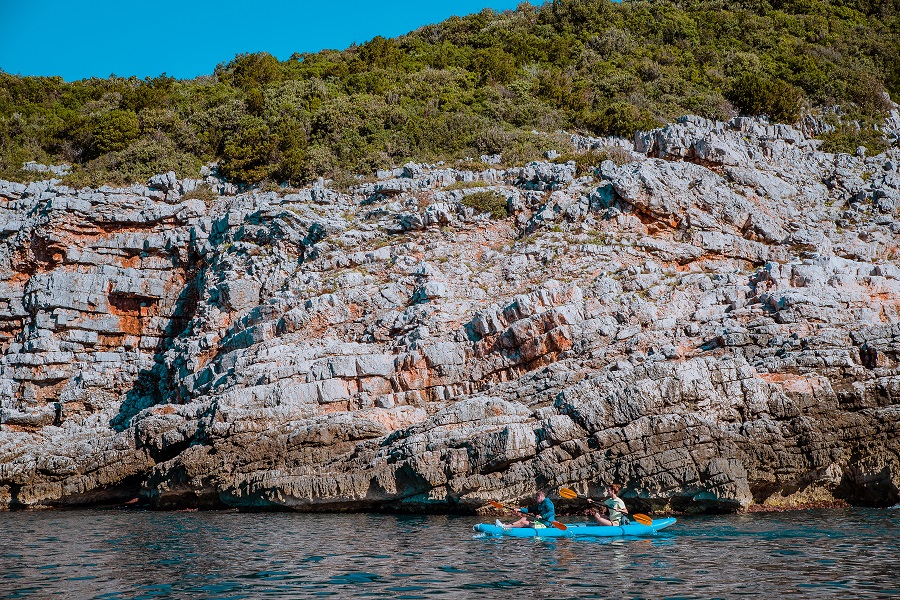
And each time, I smile. For while there is often a large element of truth to a stereotype (and the chronic overbuilding of Budva is indefensible, for example), it is also true that not everywhere is tarred with the same brush.
I want to take you on a journey – a journey which starts for many at a roundabout, to a Montenegro that was my reality for a week last month, and which does not change that much, even during the season.
As you can see from the map above, the main road (and the main overrbuilding) from Dubrovnik to Albania passes through Herceg Novi, Tivat, and Budva. Here you can find pockets of true beauty, and several examples of overbuilding. A short drive from Tivat Airport (an airport connected 365 days a year to Belgrade and the world via the Air Serbia network) brings you to a roundabout, probably the most important roundabout for tourism in the whole country.
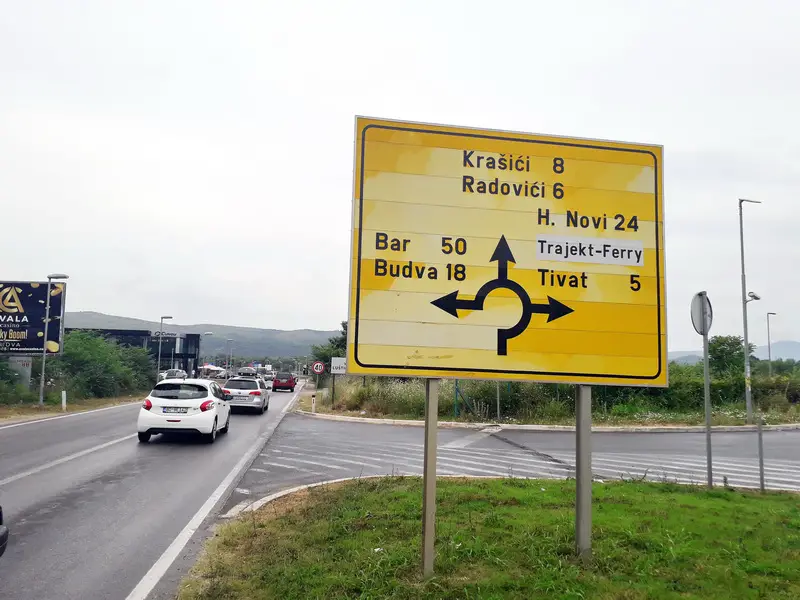
(The most important roundabout in Montenegro, approaching from Kotor. To the left, Budva, to the right Tivat and airport, and straight on to where the real magic happens – Lustica Peninsula)
Turn left from Tivat Airport, and you head through the tunnel to spectacular Kotor and the majestic World Heritage Site of Boka Bay. Continue straight, and I wish you luck on your Budva odyessey.
Or take a right, and take The Road Less Travelled.
Welcome to Lustica! Wikipedia introduces the Lustica peninsula as follows (excerpts):
The peninsula has an area of 47 km² and is 13 km long. The highest point of the peninsula is Obosnik peak, at 582 m. It has 35 km of coast, which accounts for 12% of Montenegrin coastline.
The area has twenty churches, out of which eighteen Orthodox and two Catholic ones. Once an isolated community, there are farms and smallholders producing their own olive oil, cheese, prosciutto, wine and rakija from local ingredients.
Luštica is largely undeveloped with populations of wild boar, mongoose, jackal and edible dormice. Nightingales and Scops-owls can also be heard in abundance. Olive groves are also plentiful although many are uncultivated and overgrown.
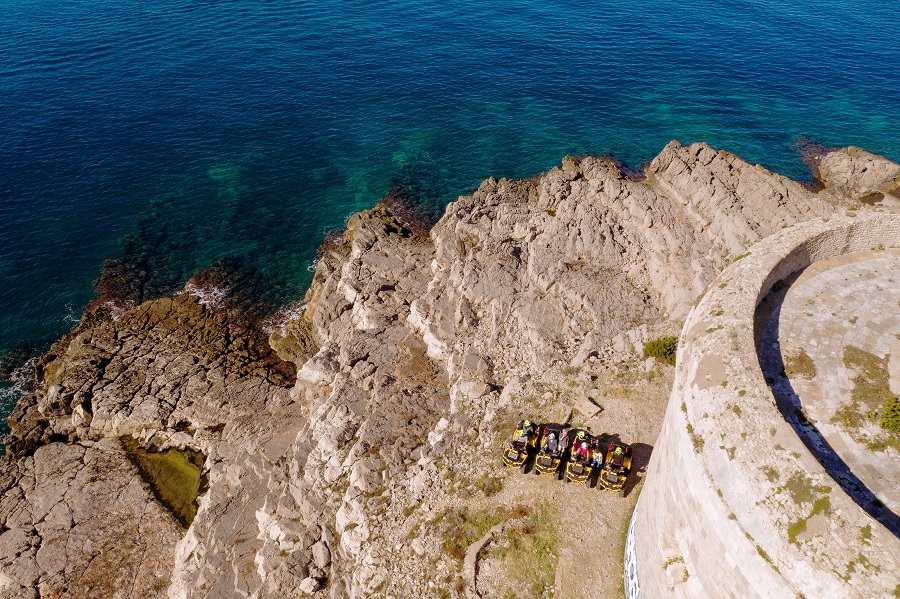
It is an area of extreme natural beauty, as I hope the accompanying photos in this article demonstrate. The kind of underdeveloped, traditional way of life so at odds with that Montenegrin stereotype.
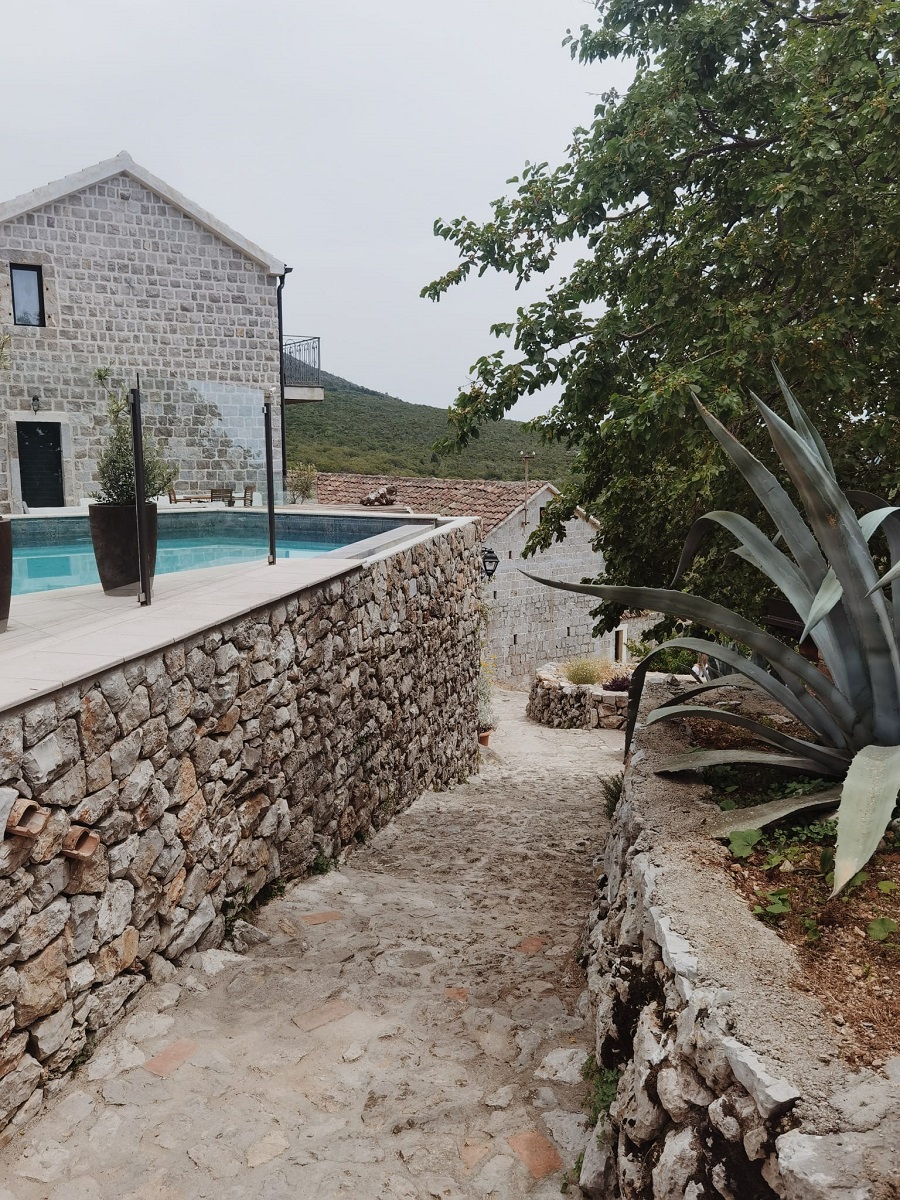
But Montenegro is a tourism country, and it is to be expected that an area with 12% of its tiny coastline would be geared towards tourism. However, far from going down the route of mass apartments and cheap summer tourism, Lustica has a far more positive and sustainable destiny, all meticulously planned in one project, the largest single investment in the history of Montenegro – Lustica Bay.
Swiss-Egyptian company Orascom Development Holding, in partnership with the Montenegrin government, is developing a whopping 7 million square metre section of the peninsula for a higher level of tourism, with a strong strategy to put nature and the traditional way of life mixed in with a more luxurious tourism offer. In an age of illegal building, where one neighbour’s ‘vision’ can destroy the look of an entire street, having a responsible masterplan for such a large area offers a new perspective on luxury tourism, not only in Montenegro but the entire region.
Two marinas, seven hotels, a village of 2,500 people (with units selling very fast at the current price of 4,500 euro/m2, and about to go higher), and an 18-hole golf course as well. That still leaves a lot of space in that 7 million m2 to enjoy the nature and traditional way of life.
The initial flagship hotel, The Chedi, is marking its fifth anniversary this year. Unlike the majority of Croatian hotels, it is open all year, has an incredible team spirit, and if there is a better guest experience on the Adriatic, I have yet to hear about it. And probably the most surprising fact I learned in my week on Lustica was something which I doubt can be emulated on the Croatian Adriatic.
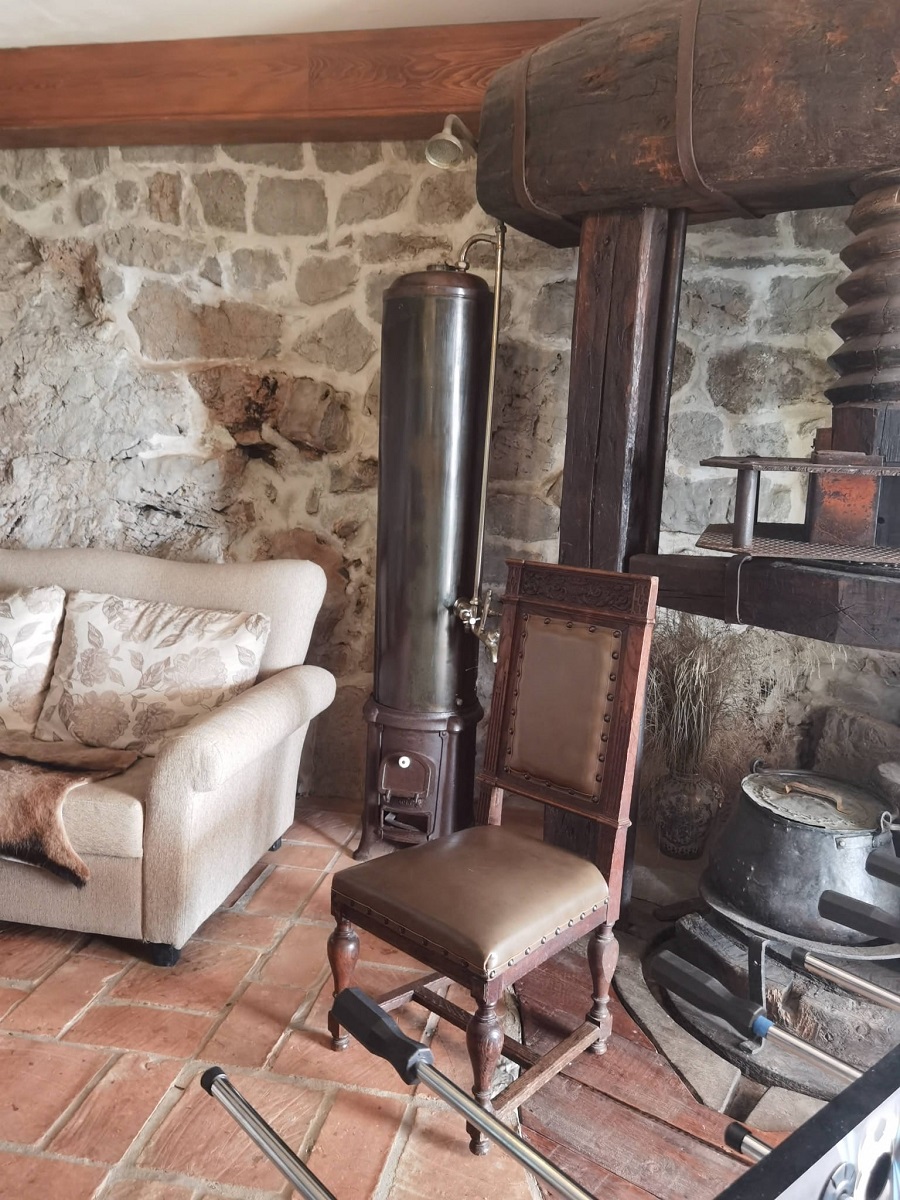
As Croatia’s hotels, mostly open only 6-8 months a year, scramble to find seasonal guests each summer, The Chedi has no less than 35 full-time employees who will celebrate 5 years of employment at the hotel this year, as well as another 12 who have been there for 3 years and more. An investment into a 12-month product that provides careers, not seasonal jobs, for its staff.
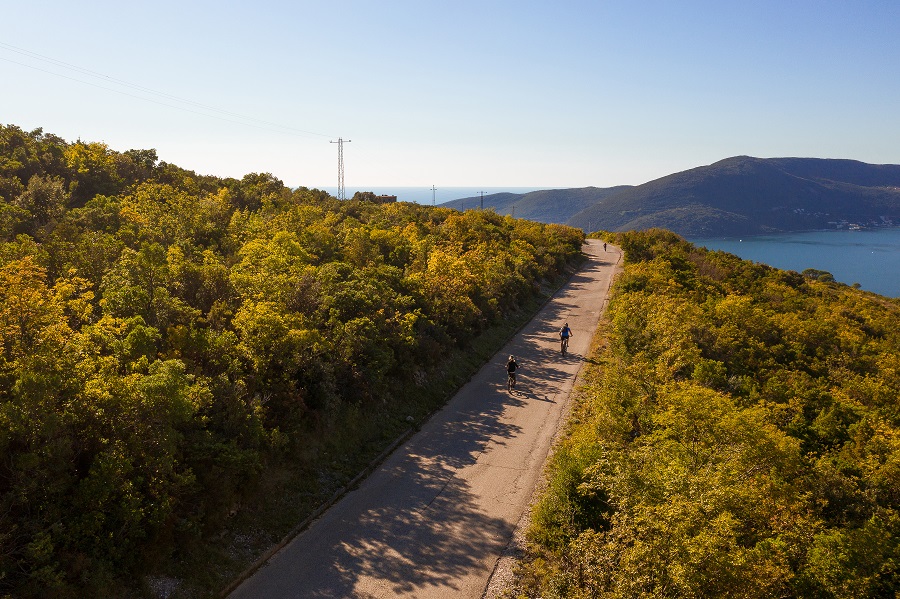
And The Chedi is not alone. The Regent and Porto Montenegro, as well as One&Only and Portonovi are also open all year. Feeling hungry? A restaurant from Lustica to Porto Montenegro in January will give you a choice of Montenegrin, Indian, Spanish, Chinese, French, Italian, Asian, and Mexican, with Austrian ice cream for dessert. With the exception of Split, how many coastal destinations in Croatia could match that offer in peak season, never mind January?
(Author’s note – this is not about bashing Croatia at all, it is about understanding – and perhaps learning from – what is happening in the neighbourhood)
The Chedi will be joined this year by the second 5-star hotel, luxury Mamula on the tiny island of the same name, thereby offering two very different top-end tourism experiences on the peninsula.
But while the luxury is all very welcome for guests with money to spend, the true magic of Lustica is not the luxury, but the space and stunning nature that it offers, as well as the seamless proximity to the essence of Lustica and its traditions and nature for visiting guests.
It is an exceptional adventure playground, on land and on sea. Traffic is a fraction of the rest of the coast, and there are so many ways to explore – kayak, sailing, hiking, cycling, and quadbiking. Here is your favourite fat Englishman on a quad on Lustica in October, 2020 – and with all the restrictions of lockdown, never have I appreciated the freedom and nature as much. You can more about this trip in Lessons from Montenegro: Wild Beauty & The ‘Old Normal’ at The Chedi Lustica Bay.
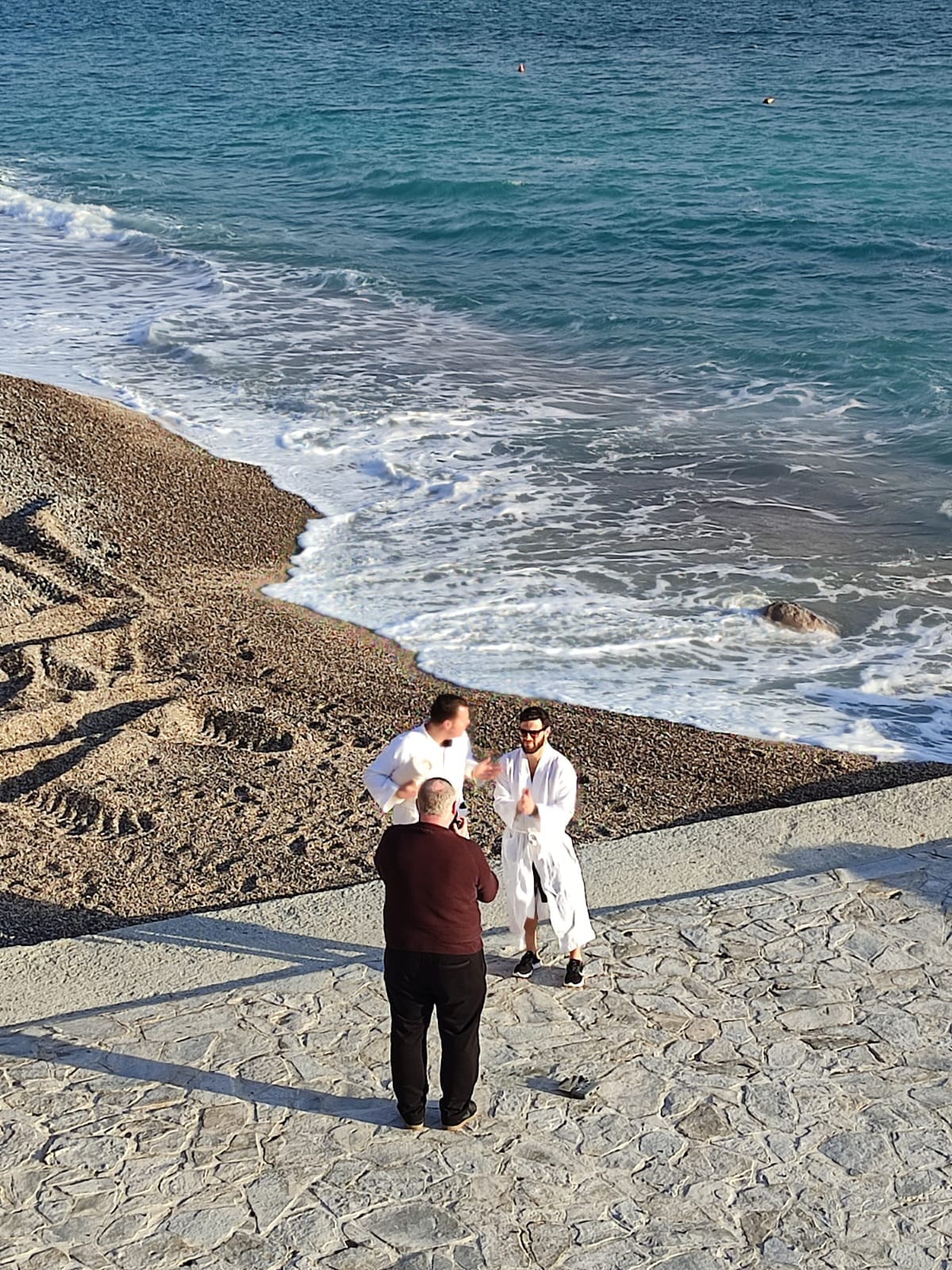
Some even choose to swim… in January!
Of course, having a luxury adventure playground without interacting and involving the local population misses the point of sustainable tourism. Working with locals to enhance the authentic tourism experience benefits all stakeholders. And it was here that I came to appreciate the magic of Lustica most of all on this trip.
As part of our week filming in Montenegro, star Chedi employee Aleksandra took us on a tour of her favourite spots on Lustica – all accessible to guests and the general public – but she saved the true magic of the tour to the very end.
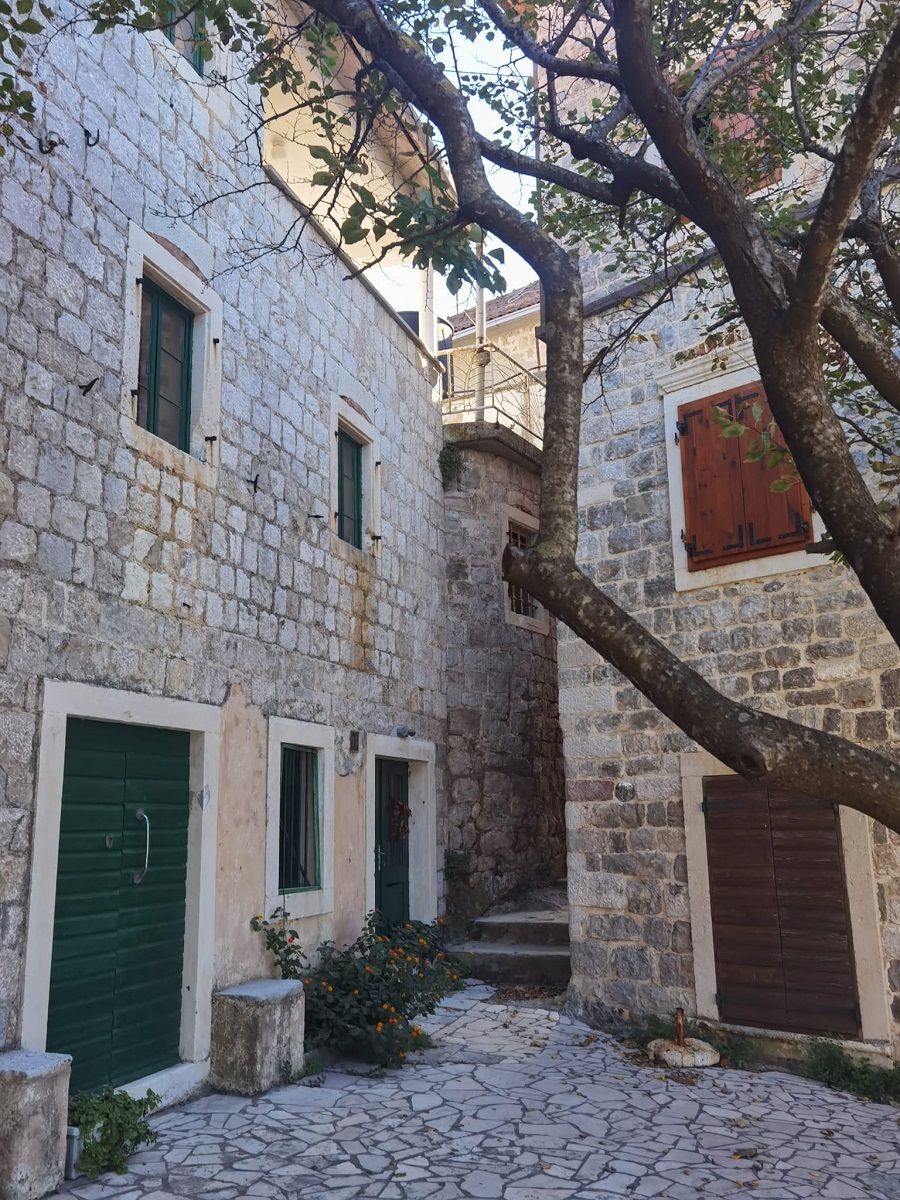
“There is a very interesting local guy I want you to meet. He has a really interesting tourism project, and our guests love it.”
And so it was that I was introduced to Bogdan, founder of the extraordinary Klinci Village Resort in the tiny village of Klinci.
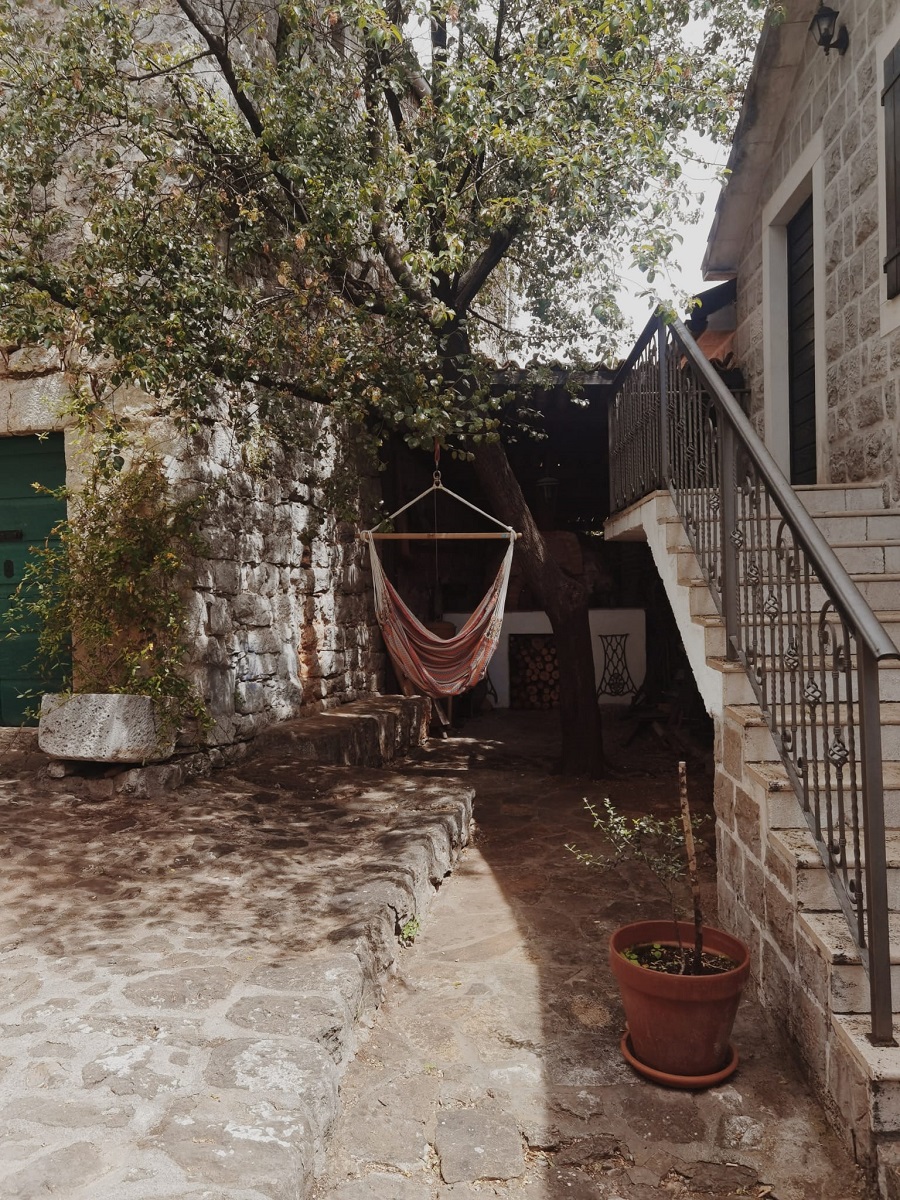
A village which has been beautifully restored thanks to the efforts of Bogdan and his wife.
A village of just 8 people, but with a wonderful 4-star authentic eco-resort, with all food sourced from within one kilometre.
A village of 8 people but 5 churches.
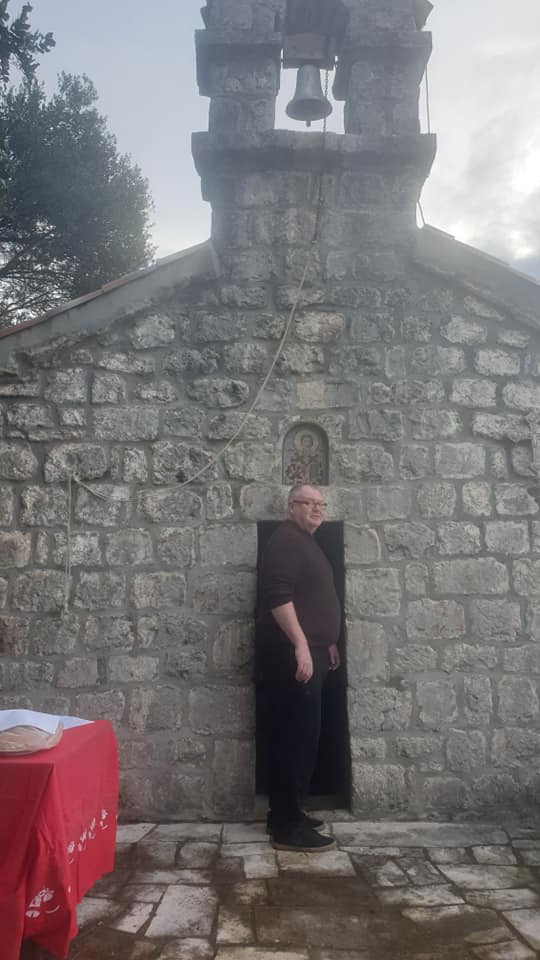
A village of 5 churches, but just 4 that this fat blogger could enter.
A village of 5 churches, one of which was built in just 24 hours on New Year’s Eve in 1799, and which celebrates the Feast of St. Sava on January 27. So small is the church that only the priest and his assistant can enter. The service is conducted with them inside and the congregation of 20 outside. We will be producing a video story on my YouTube channel for anyone interested.
Bogdan was kind enough to invite us back two days later for the church service and obligatory rakija and cakes at 09:30 with spectacular views out to the Adriatic. The small gathering of 20 included a Canadian woman who is a regular guest and discovered the magic of Klinci more than a decade ago.
And after such a stimulating morning of local culture and conversation, it was back to The Chedi for a waterside lunch at The Spot, followed by an afternoon of pool, the golf simulator, and massage.
Natural, Luxury Lustica – truly the Montenegrin coastal story which bucks the stereotype.
It would be wrong of me not to acknowledge that there are challenges, both in terms of infrastructure and connectivity, but these are both improving too. The Lustica Bay development is building better roads to service the needs, but there is also one intriguing development that will be a huge plus for luxury tourism in the Boka region.
It is no secret that the border crossing from Dubrovnik Airport leads to delays in summer, something that will probably be exacerbated with Croatia now in the Schengen Zone. Tivat does a fine job connecting Lustica to the world all year, but its capacity is somewhat limited. Onward travel from Tivat Airport is about to get MUCH easier with the development of a harbour at at the end of the runway. Whether or not it will happen for this season is open for discussion, but it is coming.
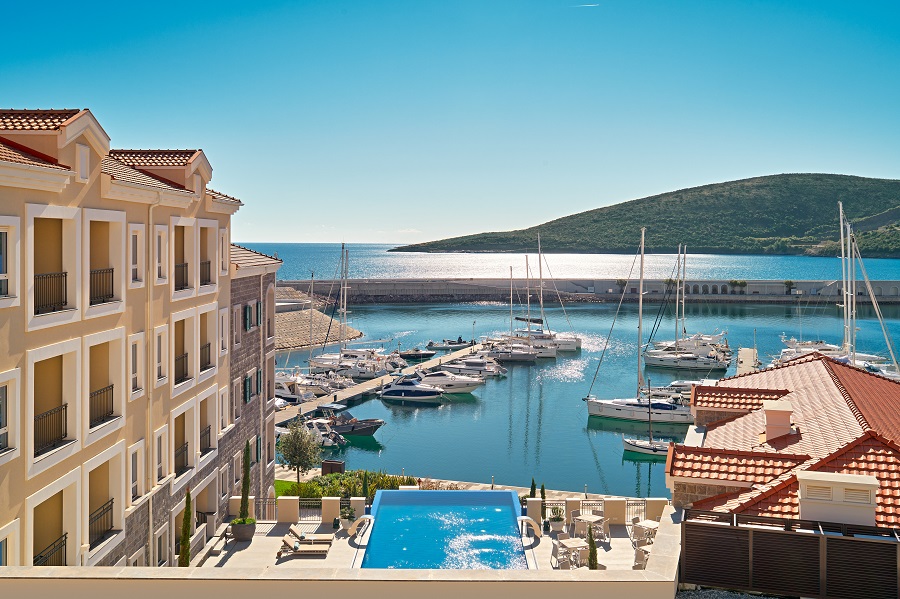
(My bedroom view at The Chedi, January 2023)
And then imagine. New York – Belgrade – Tivat – speedboat – Luxury Lustica, a seamless connection, with not a car in sight.
You can learn more about the magic of The Chedi from the official website.
****
Paul Bradbury was a guest of The Chedi in January 2023
****
What is it like to live in Croatia? An expat for 20 years, you can follow my series, 20 Ways Croatia Changed Me in 20 Years, starting at the beginning – Business and Dalmatia.
Follow Paul Bradbury on LinkedIn.
Subscribe to the Paul Bradbury Croatia & Balkan Expert YouTube channel.
Croatia, a Survival Kit for Foreigners is now available on Amazon in paperback and on Kindle.


